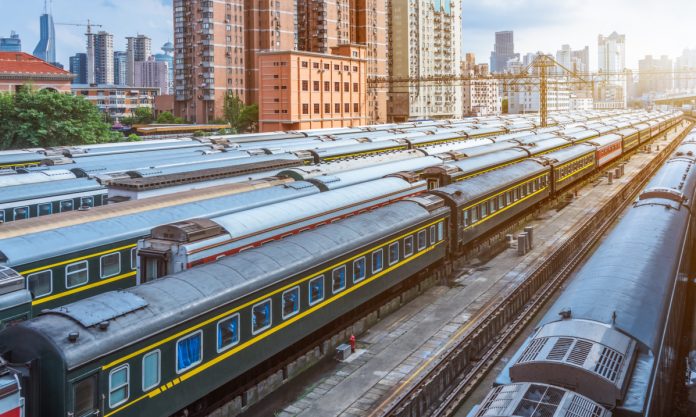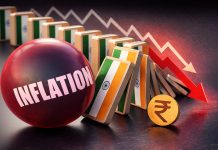Indian Railway is the main and oldest mode of transportation that made people’s lives easy to travel between far off places. It is not just a means of transport but for people living in Mumbai its also an emotion for the daily travellers. India’s vast railway network is a lifeline connecting several cities, towns and villages.
In 1835 the first railway track was constructed between Red Hills and Chintadripet in Chennai and was first operated in 1837 by a rotary steam engine imported from England that was used for ferrying granite stone as cargo. Then In 1853, the first passenger train was built on a 34 kilometers stretch between Bombay and Thane with 14-carriages carrying 400 people, hauled by three steam locomotive engines.
The train’s two primary parts are the locomotives and the rolling stock. After the United States, Russia, and China, Indian Railways is the world’s fourth-largest railway network. With almost a billion tonnes of freight loaded annually, Indian Railways has emerged as the fourth-largest railway in the world. UNESCO designated Mumbai’s Chhatrapati Shivaji Terminus as a World Heritage Site in 2004.
Have you ever noticed that trains can also have types?
Various trains run every day, but below three are the crucial ones that play a significant role:
- EMU (Electric Multiple Unit)
- MEMU (Mainline Electric Multiple Unit)
- DEMU (Diesel Electric Multiple Unit)
- EMU (Electric Multiple Unit): A multiple-unit train with self-propelled carriages that run on electricity as their motive power is known as an electric multiple unit, or EMU. It uses overhead cable wires to draw power and are used for quick acceleration and pollution-free operation This makes it popular on commuter and suburban train networks worldwide. Some of the more famous EMUs in the world are high-speed trains such as the ICE 3 in Germany, the Italian Pendolino and Frecciarossa 1000, the Shinkansen in Japan, and the China Railway High-speed in China.
- MEMU (Mainline Electric Multiple Unit): The system uses multiple electrical units operating on 25kV AC drawn from overhead power lines. Unlike the EMU they have vestibule connection (gangway connection) and lavatories. It was first introduced in 1993 by the Indian Coach Factory (ICF) so that it can be operated in more short and medium-distance routes. These trains are the local EMU trains’ mainline equivalent. The latest generation of these MEMUs has an Ethernet-based Train Control Management System which provides advanced control features such as speeds of up to 110 km
Energy efficient LED lights, equipped with the latest GPS-based public address and passenger information system and most important advanced regenerative braking system.
- DEMU (Diesel Electric Multiple Unit): DEMU trains are deployed in areas where the electric wires cannot reach. It is a type of multiple-unit train that is propelled by on-board diesel engines. A DEMU does not require a separate locomotive because its engines are part of the carriages/railcars. In 2017 India’s first solar-powered local DEMU train with a battery bank feature that makes sure there is always enough electricity even when the sun isn’t out. Solar panels installed on the roof of the DEMU train’s coaches will provide all of the energy needed for the coaches’ lighting, fans, and information display system.
DEMU and MEMU trains fall under the category of self-propelled vehicles as they don’t have a separate engine, instead, the engine is integrated into the train. Unlike regular trains, these are designed for shorter distances and typically operate within a city or between nearby cities.
Indian Railways accelerates electrification, leading globally. INR 6,500 crore allocated for fiscal year 2025. Focus on reducing carbon emissions, targeting zero emissions by 2030. Significant progress in electrifying routes and shifting to electric engines. Also, the first bullet train is now under project from Mumbai to Ahmedabad estimated to be ready in June 2026. Indian railways are getting modified day by day and making it comfortable for their passengers with seamless connectivity across diverse landscapes. An essential component of India’s economy is Indian Railways. It greatly aids in the growth and development of India by moving people and things around the country.






























